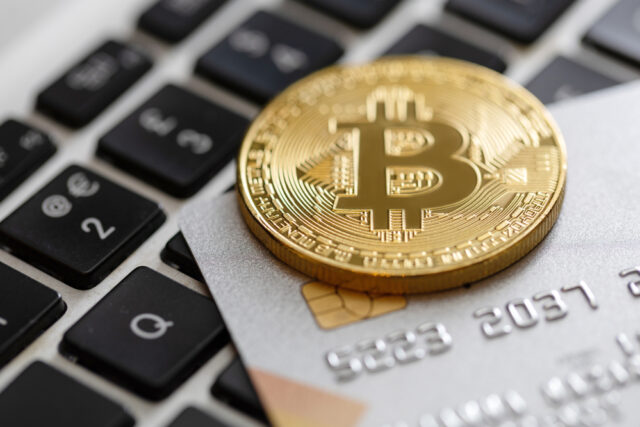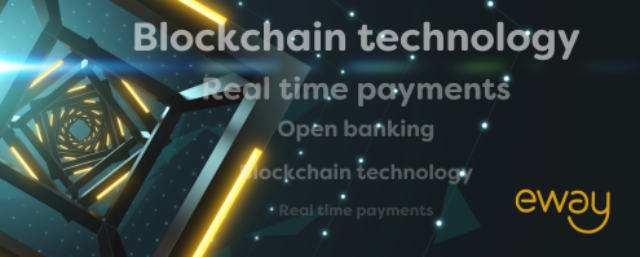Whether you have an ecommerce business or a brick and mortar store with online payment options, knowing what the most popular online payment options is an important part of running a business.
And with online payment options developing quickly, you can’t be complacent. When you offer popular payment methods, you increase your chances of encouraging a sale.
Here’s a roundup of the five most popular online payment methods to give an up-to-date overview of the ecommerce landscape.
The Most Popular Online Payment Methods
Credit Cards & Debit Cards
Credit and debit cards are by far the most popular online payment method with customers across different sectors. In 2019, cards were used in 48% of all online purchases, and in Australia consumers spent over $800 billion with their credit and debit cards in 2020.
Overall, credit cards have proliferated further than debit cards in Australia. This should be food for thought for the many small business owners who don’t accept them. SME owners of course need to add up the risks posed by credit card transaction fees against the benefits of encouraging more online customers. But overall, as consumers are increasingly encouraged to use credit cards for as many purchases as possible both for safety and to control their credit ratings, accepting credit cards seems like a sensible move for most ecommerce businesses.
Digital Wallets/eWallets
Ewallets, or digital wallets, are gaining traction as a popular online payment method as many smartphone users (and at this point, almost everyone is a smartphone user) begin relying on Apple Pay, Google Pay, and NFC or RFID payment through their handsets. NFC (Near-Field Communication) and RFID (Radio-Frequency Identification) are both used to facilitate contactless payments, or ‘tapping’ your phone on a reader to pay with one of the cards stored in your digital wallet.
A digital wallet stores the information for multiple cards, both credit and debit, and sometimes stores cards or membership cards on top of that. They are password protected and often encrypted to a high standard to keep card information safe.
The joy of an eWallet is that your customers don’t have to remember multiple cards and card numbers anymore. In fact, you can keep cards stored in a safe place at home but still have access to your information on all your digital devices and through your phone when out and about.
In 2019, digital wallets were used in 23% of all Australian online purchases, and by 2023, it’s estimated that they might be used in 52%. This is particularly interesting for Australian business owners, as the country has an exceptionally high level of smartphone use, and Australians can usually be counted on to take up new technologies quickly.
Read more: The lowdown on accepting digital wallets & how they can improve sales
Real Time Bank Transfers
Real time bank transfers, or real time payments (RTPs), have been available in some parts of the world (such as the UK) for years. They are rare in the USA and were brought to Australia in 2018 by Osko.
Real time payments are most often used for peer-to-peer transactions, like splitting a bill or settling a private debt, with services like Paypal, Payoneer and Zelle, but these are not real time bank transfers as they don’t go straight from one bank to another. Real time bank transfers require the payer to have the banking info of the seller, so they are unusual for anything but the smallest and most intimate ecommerce venture.
Buy Now Pay Later (BNPL)
An increasingly popular online payment method, buy now pay later does pretty much what it says on the tin. It’s sort of like the payment plan someone might have had for a large appliance or furniture a few years ago, but all handled digitally.
Almost 4 million Australians had buy now pay later accounts with companies like Afterpay Ltd., Zip Co. Ltd. and Brighte Capital Pty. Ltd in 2019, and they spent close to $4 billion through those accounts. In Australia in particular, the buy now pay later sector is very loosely regulated. This is a fact that has caused some concern, mostly from credit card companies that want young consumers going for BNPL schemes for themselves.
But BNPL growth is showing no sign of slowing down. In fact, Paypal is moving into buy now pay later in Australia this summer with their Pay in Four service, which allows customers who pass a quick credit check to pay for items that cost between $50 and $1500 in four installments.
If your target customers are millennials or Gen Z consumers, then accepting buy now pay later online payments could be a smart business move.
Prepaid Cards
Prepaid cards are really simple. They can be loaded up with cash without a bank account being opened, and are often given as gifts, prizes, or incentives for taking part in, say, a study of some kind. They can also be useful for people who have bad or no credit.
Most major banks and credit card companies offer prepaid cards, and they can be used just like a debit card. In fact, if your ecommerce business accepts credit and debit cards then you almost certainly also accept prepaid cards. Essentially, they’re not really something you need to consider too deeply when planning your online payment system.
The Future of Online Payment Processing for Ecommerce
Credit and debit cards are, for now, the most common method of online payment. In the next few years, though, expect to see a huge rise in digital wallets and buy now pay later options for consumers. In order to stay ahead of the curve, you should make plans to accept both as soon as you can.
In the meantime, you can read more about our insider look into how Australians like to shop and how those trends are likely to evolve.


Subscribe to updates
Get the latest news and payment insights from Eway hot off the press.



